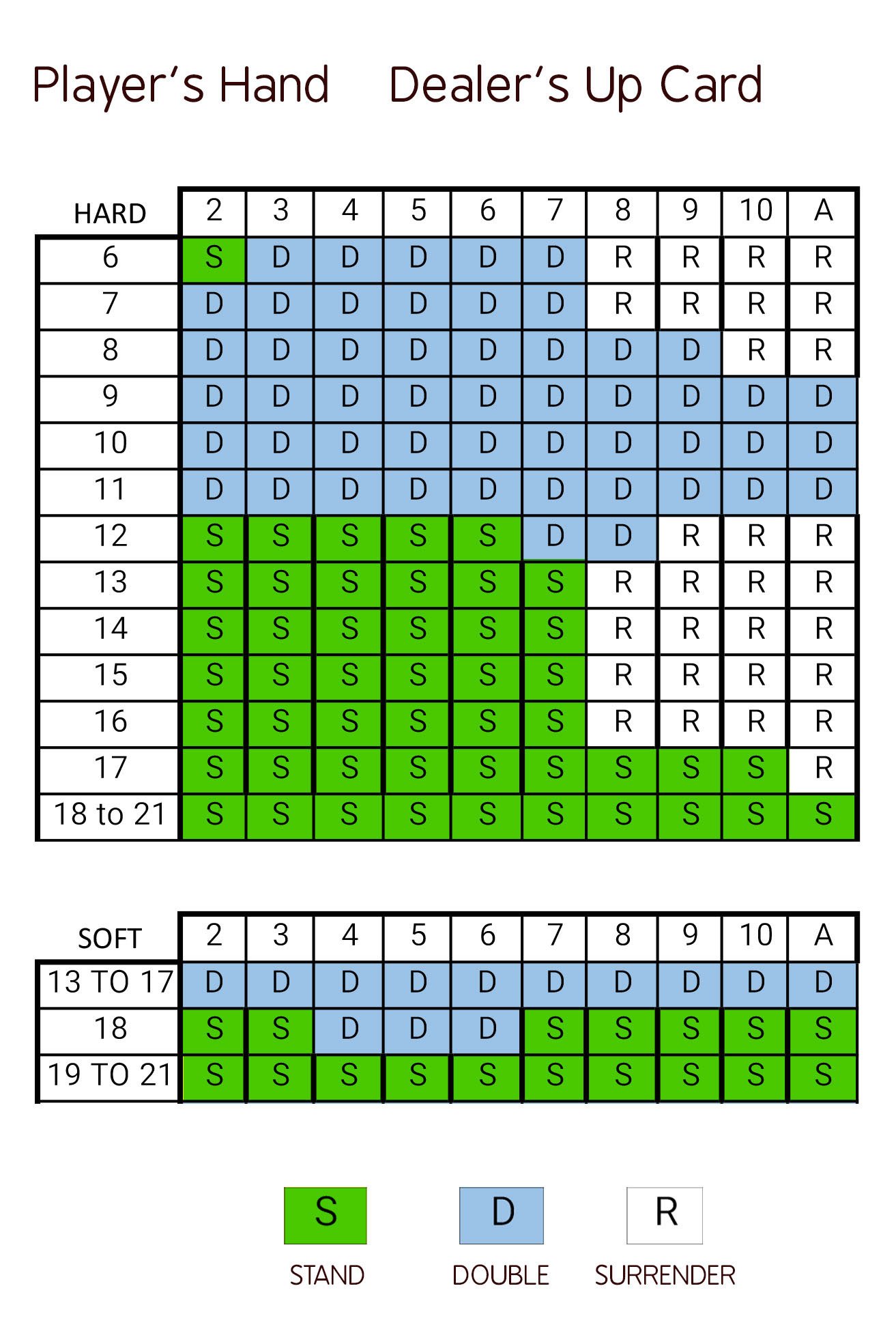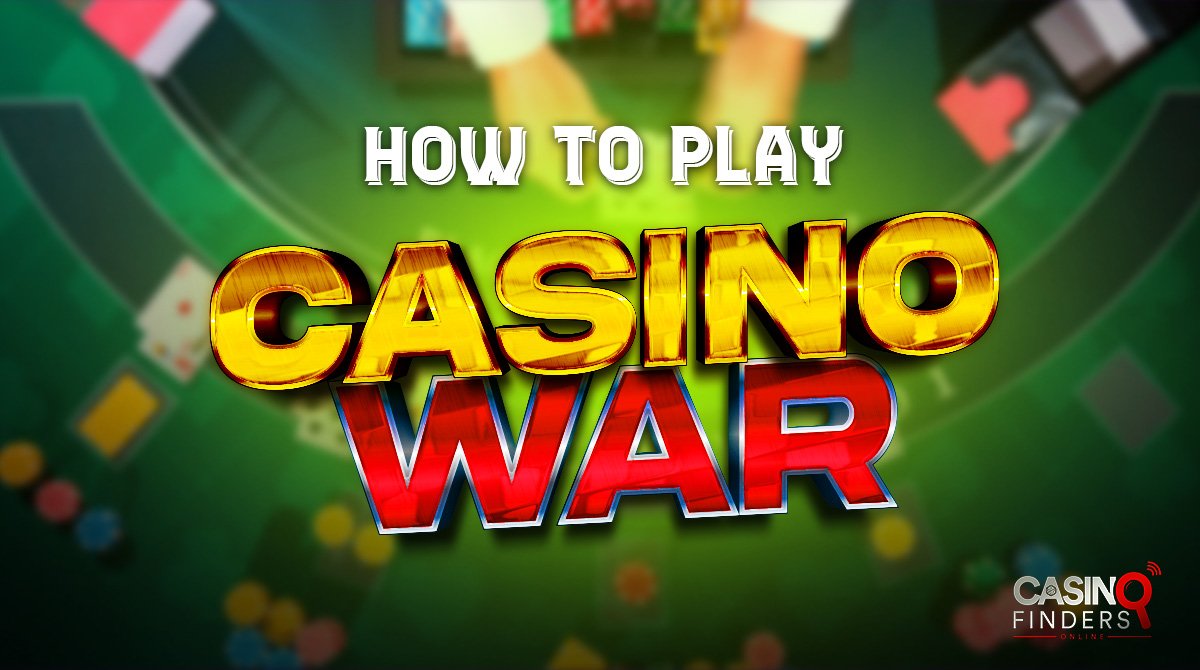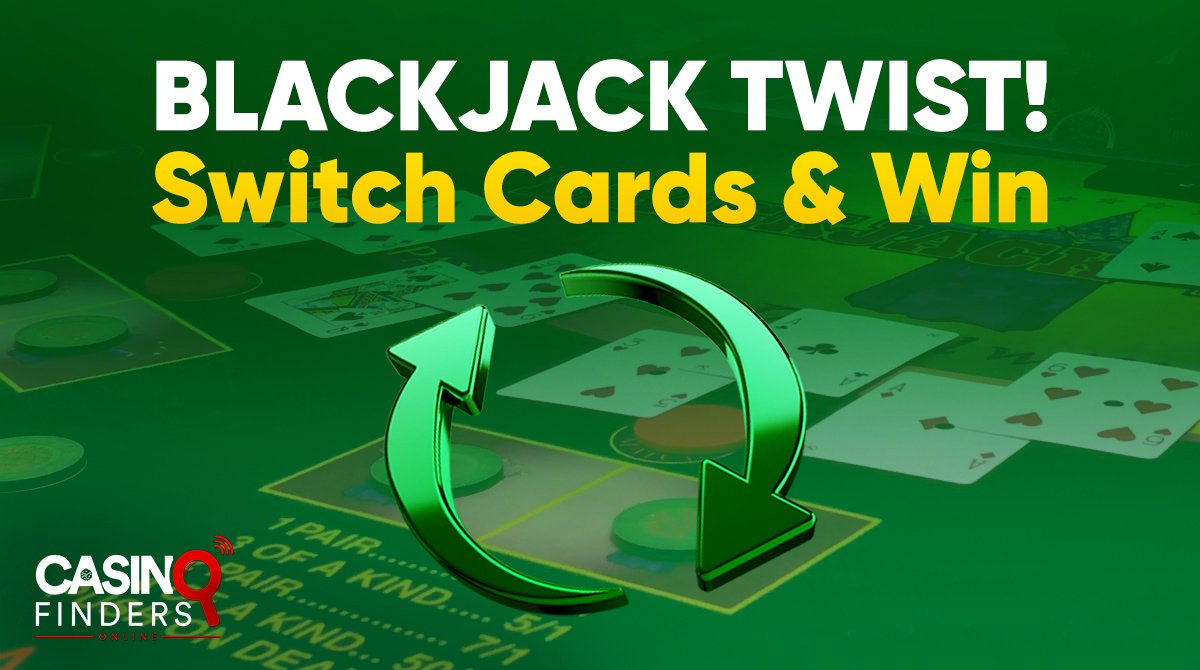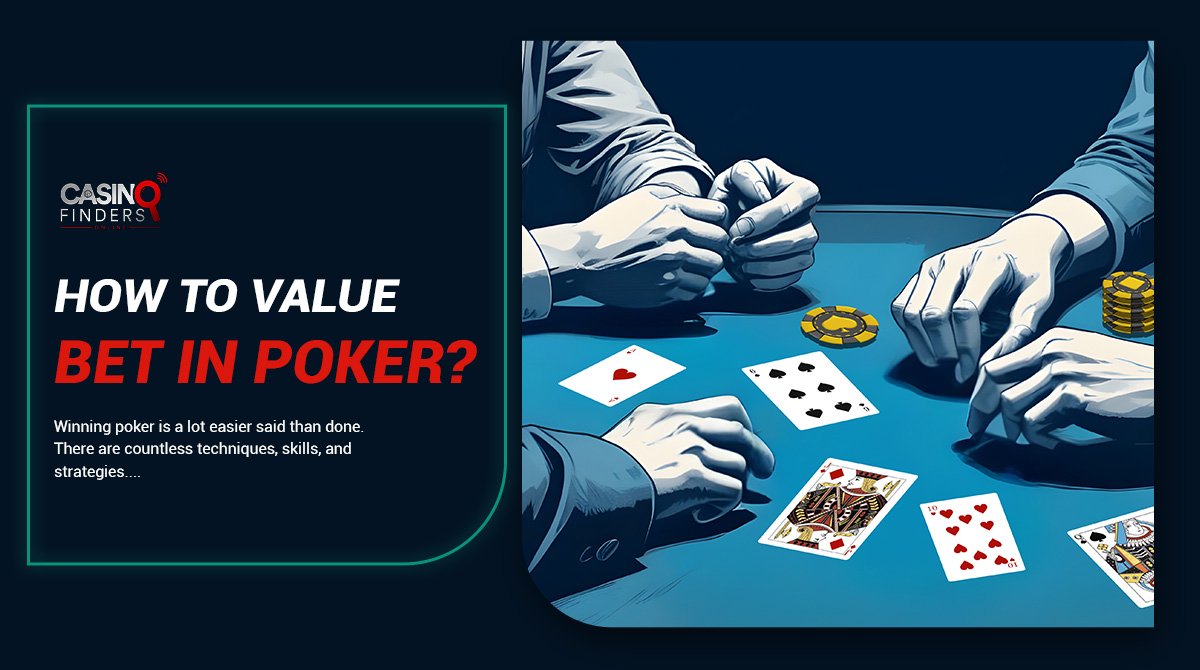Difference Between Spanish 21 And Blackjack

Written by
Joe - Poker PlayerLast updated:
January 2, 2023
Spanish 21 or Spanish Blackjack is a blackjack variant. Although the game is so much fun to play, it has not surpassed the popularity of classic blackjack.
Without further ado, let us dive in and see how the two games differ.
What Is Spanish 21?
The big difference between Spanish 21 and the classic blackjack is the deck of cards. Spanish 21 uses a deck of 48 -Spanish deck- which means all number 10 cards-not face cards, only number 10s- are removed from the deck, and you will be playing with 48 cards instead of 52. Normally, it should work against the players as it increases house edge dramatically and decreases the chances of a player making a total of 21. But to make up for that, Spanish 21 offers a whole range of bonuses and rules to give you more chances of winning and fewer chances of losing.
In the following sections, you will learn about odds, house edge, and other rules, but the bottom line is that in some casinos, Spanish 21 can offer better chances of winning than the classic blackjack.
Spanish 21 Rules And Basic Strategy
The game objective is the same as classic blackjack- to beat the dealer. You can beat the dealer one of three ways:
- By getting a higher score than the dealer without going over 21. For example, your hand=19 and the dealer’s hand= 17.
- The dealer goes over 21, but you don’t. For instance, your hand total=18 and the dealer’s hand total=23.
- By simply getting a natural or 21. This means your hand total=21.
Remember, if you or the dealer go over 21, you BUST. If you and the dealer have the same value hand less than 21, say you both have a total of 18, it is considered a PUSH, and no money is won or lost.
As I have said, the game uses a Spanish deck of 48 cards. Hence, no 10 card is in the deck. So, what are the values of the remaining cards? They are the same as classic blackjack card values.
| Spanish 21 CARDS | VALUE | Example |
| Face cards: King, Jack, and Queen | 10 | Q and 7 = 17 |
| Cards 2 through 9 | Their face values | 5 and 8 = 13 |
| Aces | 1 or 11 | K and Ace= BLACKJACK! |
As you see in the example above, any hand of an Ace plus any face card gives you a blackjack, and you automatically win and get paid 3 to 2- 1.5 times your bet. But a blackjack is not the only way to snag an instant payout. In this game, regardless of whether the dealer has blackjack or not, any hand with a total of 21 always wins.
Additionally, you can cash in on additional bonus payouts, Super Bonus, and match the dealer bets.
| Bonus 21 Payouts | ||
| Number of Cards | Total | Payout |
| 5 Cards | 21 | 3 to 2 |
| 6 Cards | 21 | 2 to 1 |
| 7+ Cards | 21 | 3 to 1 |
| 6-7-8 | Mixed | 3 to 2 |
| 6-7-8 | Suited | 2 to 1 |
| 6-7-8 | Spaded | 3 to 1 |
| 7-7-7 | Mixed | 3 to 2 |
| 7-7-7 | Suited | 2 to 1 |
| 7-7-7 | Spaded | 3 to 1 |
If your three-sevens are the same suit and the dealer also shows a seven-any suit, you will win the Super Bonus of up to $5,000, and $50 will be paid to every other betting player. In this case, a bet of $5 to $24 pays $1,000, and $25 or more bets pay $5,000. Another perk of the Super Bonus is that when it happens, all the players at the table will get an Envy Bonus of $50, and no side bets are required. But remember that splitting and doubling will void the Super Bonus.
In addition to your regular bets, you are allowed to place a side bet. In this bet you are anticipating that either of your first cards will exactly match the dealer’s upcard in rank. There are five possible payouts for suited or non-suited matches. This is how match the dealer side bet works:
You place your regular bet and then an optional second wager in the Match the Dealer betting area that you can see in the picture below.
The minimum payout is $1, and you may win a maximum of your regular Spanish 21 bet up to $50.
Regular play starts after all bets and match bets are placed. You and the dealer receive two cards; both of your cards are face down but only one of the dealer’s cards is face down. If either of your cards matches the dealer’s upcard, you win. Remember, all match bets should be placed before the regular play of Spanish 21 starts.
| Match The Dealer | Payout | |
| Number of cards | Suit | |
| 1 | Non-suited | 3 to 1 |
| 2 | Non-suited | 6 to 1 |
| 1 | Suited | 12to 1 |
| 1 | 1 Non-suited & 1 Suited | 15 to 1 |
| 2 | suited | 24 to 1 |
Apart from Super Bonus, Match the dealer, and other bonuses, the basic blackjack rules are also applied in Spanish 21. However, there are a couple of more rules that make Spanish 21 a casino favorite.
- Blackjack
As I have said, your -player- blackjack always beats the dealer’s blackjack. In other words, in this game, blackjack is always a winner and pays out 3 to 2.
- Splitting Pairs
Unlike blackjack, pair splitting is easy in Spanish 21. You can split a pair of any cards with the same value including Aces. Better still, you are allowed to double and hit your split hands, including the aces. But if you double or split, the Super Bonus will be voided.
- Late Surrender
If you are not happy with your first two cards, you can surrender instead of hitting or standing. This means you can forfeit half of your original bet and leave the hand. Remember, you cannot surrender on a Dealer Blackjack.
- Double Down
You are allowed to double down once with two or more cards and on any total. You can double down even after splitting. You can place any bet up to a maximum of your original wager. However, bonus 21 payouts will not be paid on doubled hands.
- Double Down Rescue
If you are not happy with your non-busted hand, you can rescue-take back- the doubled portion of your bet and forfeit your original bet. This way, you will be removed from that particular round.
I have tried to cover all the essential rules for Spanish 21. But similar to blackjack, you are advised to play by the basic strategy. Read and learn the Spanish 21 Basic Strategy and increase your chances of winning.
Here is a Spanish 21 basic strategy for when the dealer hits on soft 17:
There is also another strategy you can use. This one is applied when you have doubled down, are allowed to redouble, and the dealer hits on a soft 17.
How Do You Play Spanish 21?
Similar to classic blackjack, every hand in Spanish 21 begins with a wager. Before the hand starts, though, you should decide whether you want to place the Match the Dealer side bet or not. Once everyone has placed their bets, the dealer deals two face-up cards to each player. The dealer also receives two cards, but one card remains face-down.
Now, if you win your match side bet, you will get paid right away. If the dealer shows an ace, similar to classic blackjack, you will be offered an insurance bet. But you should reject it.
Alright, once you refuse to take the insurance and the dealer does not have blackjack, you continue playing your hand. At this stage, you can surrender, double down, split, stand, or hit. If you are not satisfied with your first two cards, give up half of your initial wager and surrender. But if you are happy with what you are dealt, stand with what you got- do not ask for more cards. If you want to increase your total, hit to receive as many cards as you want until you decide to stand, get a 21, or get busted.
You double down when you are confident enough in your hand. When you double down, your original wager will be doubled, you will receive another card, and play each card as a separate hand. You can simply split if you get two cards of the same value.
Once you are done building your hand, the moment of truth arrives! Will you beat the dealer? While you have plenty of options, the dealer must play by set rules. They draw on hands of 16 or less and stand on hands of 17 or more.
This is it with the Spanish 21 gameplay.
Now, let us move on and make some comparisons between the two games.
What Are The Odds In Spanish 21 VS. Blackjack?
In classic blackjack, players will be paid 1 to 1 unless they get a blackjack that pays out 3 to 2. But as you have seen in the previous sections, in Spanish 21, you get larger and varying payouts in different events. For example, a 5-card 21 hand will be paid 3 to 2. You can refer to the rules and basic strategy section to review the payouts once more.
Spanish 21 VS. Blackjack House Edge
In general, Spanish 21 has a lower house edge than classic blackjack.
Typically, most Spanish 21 rules are the same in all casinos. But one big difference is whether the dealer should hit or stand on soft hands of 17. If you play the basic strategy, the house edge in either scenario will be as follows:
| Dealer Move | House Edge |
| Stands on a soft 17 | 0.40% |
| Hits on a soft 17 | 0.76% |
Blackjack games have several rule variations that alter the house advantage. Some classic blackjack games offer a lower casino advantage than Spanish 21, but many games offer an advantage of 0.5% or higher. This is why Spanish 21 is a favorite in some casinos.
Blackjack VS Spanish 21 Overall Comparison
I hope you have learned how to play Spanish 21 and understood the differences between the two gameplays.
All the differences between classic blackjack and Spanish blackjack or 21 are outlined in the following table to help you memorize them easier:
| Difference | Blackjack | Spanish Blackjack | Additional Rule |
| Number of decks | 1,2,4,6,8 | 6 and 8 | |
| Dealer soft 17 rule | Can hit or stand | Can hit or stand | |
| Blackjack payout | 3-2 or 6-5 | 3-2 | |
| Player blackjack | Always pushes when the dealer has a blackjack | Always wins even if the dealer has blackjack | |
| Player 21 | Always pushes when the dealer has 21 | Always wins even if the dealer has 21 | |
| Doubling-down | Only after the initial two cards | Can double on any number of cards | |
| Double after pair splitting | Usually allowed | Always allowed | |
| Late surrender | Sometimes allowed | Always allowed | You can always surrender after doubling, pair splitting, and hitting. |
| Resplitting pairs | Usually up to three or four hands, but not Aces | Up to four hands, including aces | |
| insurance | Pays 2 to 1 | Pays 2 to 1* | |
| *This is one of the worst bets in casinos. Because of the lower number of 10s, the insurance with a payoff of 2 to 1 increases the house edge dramatically. | |||
Is Blackjack Better Than Spanish 21?
If you consider some rule variations of Spanish 21 like
- late surrender
- Double Down Rescue (you double down and then get to decide if you want to stand or surrender)
- 21 Always Wins
- Lower house edge
It seems that Spanish 21 is better than classic blackjack. But interestingly, blackjack is more popular, and there are reasons for that. For example, the difference in house edge is not significant enough for a typical player to switch from blackjack to Spanish 21. In fact, a basic blackjack strategy results in a house edge of 0.5%. That extra 0.1% probably isn’t worth the extra effort to switch to Spanish 21.
At the end of the day, it is more of a personal preference to choose which game to play. Both games offer fun time and the opportunity to win real money.
To Sum It Up
Spanish 21 is a blackjack cousin game. However, this variant is not exactly like the classic game. The lack of 10s makes it a bit confusing to play. But once you learn the game, it is pretty the same as classic blackjack.
Although many Spanish 21 games have a lower house edge than regular blackjack games, the overall house advantage difference is not significant. BTW, if you’re a card counter, Spanish 21 games have less heat than basic blackjack games. So, if you have come across a casino offering a Spanish 21 game, give it a try. But remember to bet responsibly and manage your bankroll.
read more:








